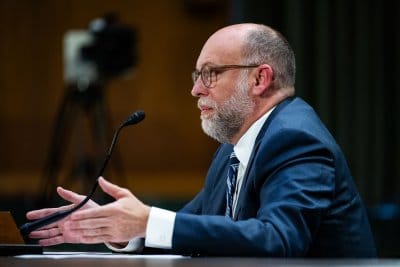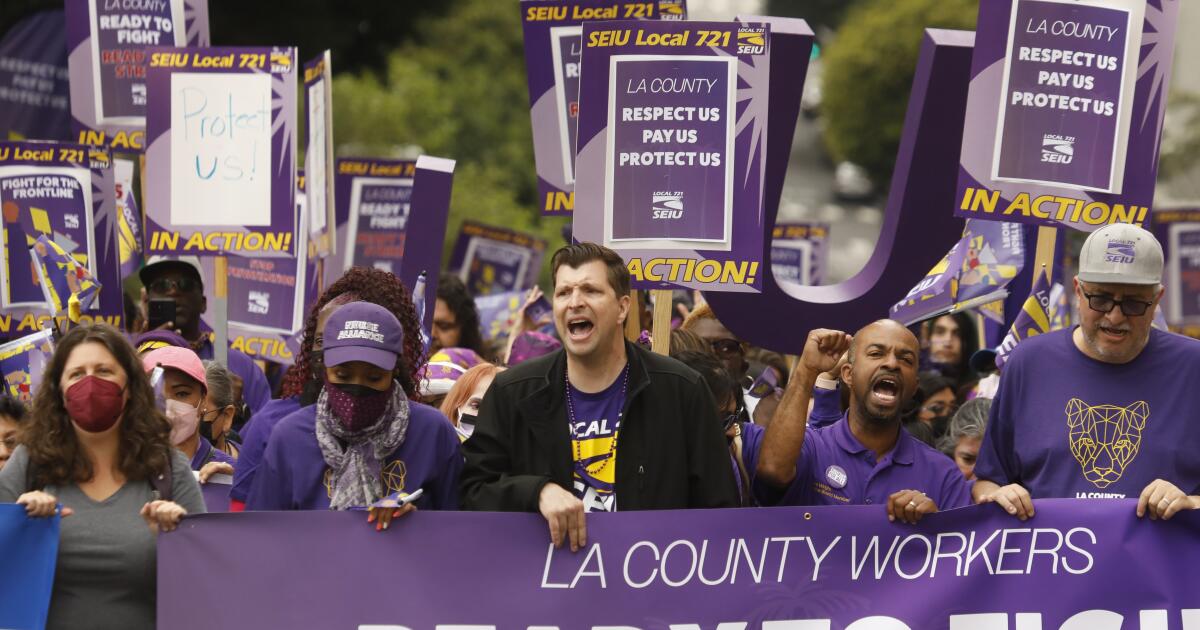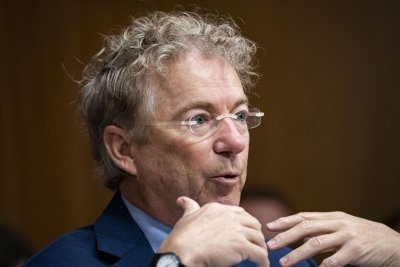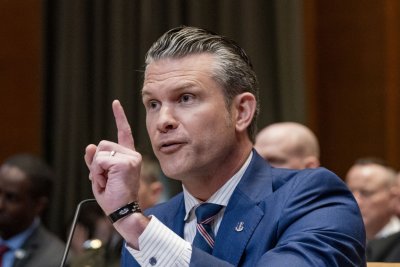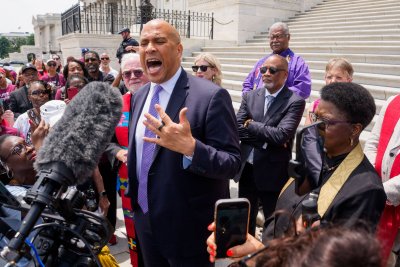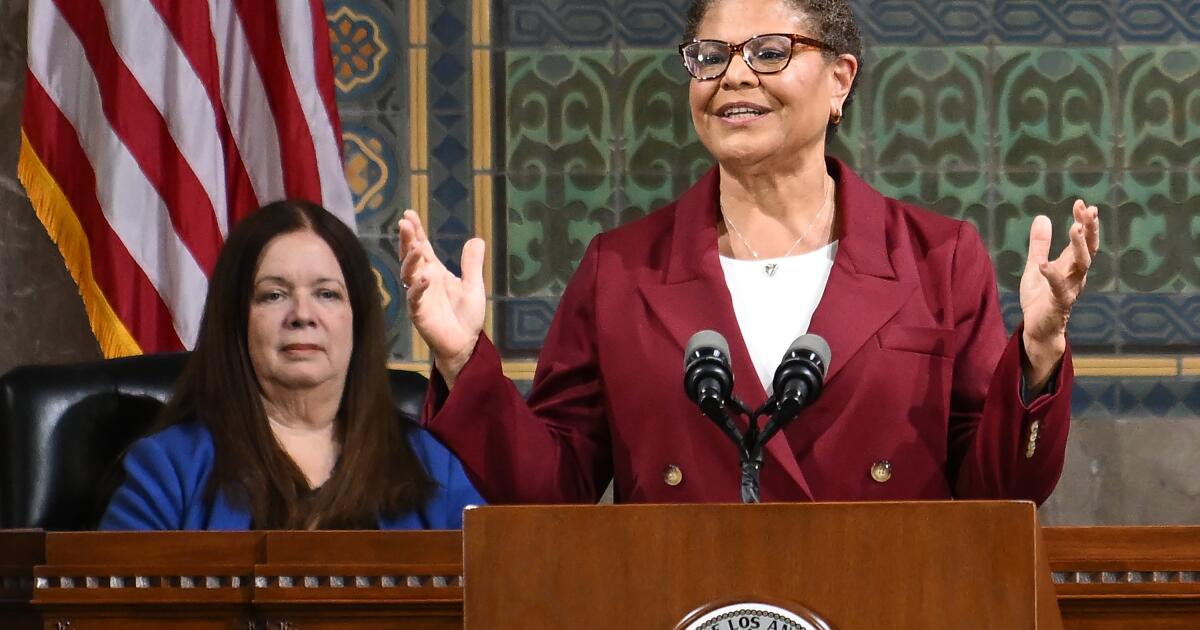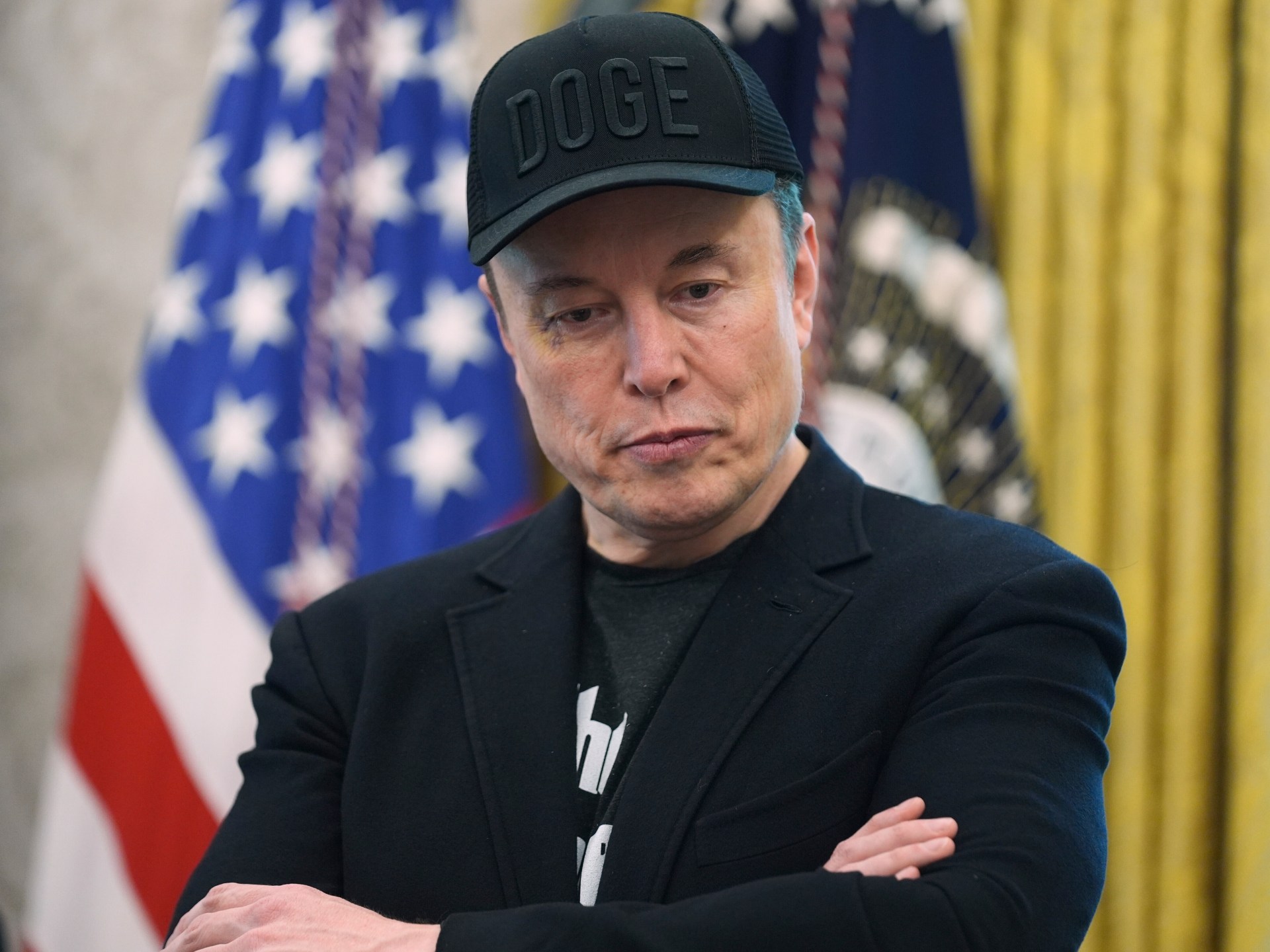Monza, Italy’s Grand Prix home since 1949, offers year-round F1-fuelled attractions at a fraction of the cost. The capital of the Province of Monza and Brianza is about 15km from Milan.
Italian glamour, local history and cheap drinks are all part of the charm in the home of Ferrari.
Whether you’re a long-term F1 fan, are inspired by next week’s F1 film premier, or just have an appreciation of Charles Leclerc, Monza is a good summer holiday spot for racing and non-racing fans alike. It also happens to deliver a lot of trackside vibes, without the eye watering prices.
With the average cost of a Grand Prix ticket costing upwards of £360 and flights, accommodation and expenses bringing the average for travelling to watch a race up to around £790, increasingly popular F1 tourism remains out of reach for many.
Monza, Italy’s Grand Prix home since 1949, offers year-round F1-fuelled attractions at a fraction of the cost. According to travel company First Choice, a two-night trip to Monza starts from £150 for flights and accommodation.
The capital of the Province of Monza and Brianza is about 15km from Milan, with a similar sunny climate and the same Italian charm, but with less of the tourists and a much more relaxed vibe. Compared to the high-energy, fashion-meets-finance, high-flying feeling of Milan, Monza offers a much more laid back, off-the-beaten-track approach.
During race weekend, the city is a hive of F1 activity, but the home of Ferrari is just as motor-mad throughout the year. The Autodromo Nazionale Monza, or the ‘temple of speed’ as it’s locally known, is set in the woodland park of the Royal Villa of Monza and is the oldest purpose-built racetrack in Europe, having been built in 1922. The track is part of F1 lore, hosting the Italian Grand Prix almost every year since the championship began in 1950.
The track offers year-round tour experiences of the paddock, control room, podium, and track for €20 (£17), while on Sundays, you can rent bikes and cycle the track yourself for €10 (£8.50).
For an alternative track experience, the Old Monza Oval, an abandoned high-speed race track from the 1950s, still exists in the Parco di Monza. The Old Oval was constructed in 1955 and operated until 1961 when it was abandoned following a series of deadly crashes caused by the dangerously steep banked track floor which reaches a gradient of 80%.
The track still exists as an overgrown silent homage to Monza racing history, and in 2014 opened to pedestrians and cyclist keen to experience this eery part of F1 history up close.
For a more up-to-date immersive experience, Saint Georges Premier restaurant is a firm favourite of F1 drivers and team-mates as the official hospitality partner for the race. Outside of race weekend, it’s open to the public, with a high-end premium menu of dishes ranging from €18 – €35.
But Monza isn’t all about high price tags. In fact, there are plenty of places to secure a very cheap deal. Speedy Pub is a casual spot, with sandwiches, deli goods and a large range of international beers starting from €3 (£2.50), while Solobirra is a dedicated beer bar with a big local reputation for the owner who knows a thing or two about draft.
For a fully immersive F1 drinking experience, Pit Stop Café is located near to the race circuit, with signed F1 cars on the wall, amazing food, beers and cocktails.
A few days is probably all you’ll need to soak in Monza’s charm, but those looking to stay a little longer can take a day trip to Milan where you’ll find the Ferrari flagship store as well as the Alfa Romeo museum; or an hour train to Maranello which is home Ferrari Factory, Fiorano test track and the Museo Ferrari Maranello.
Trips to Monza with First Choice start at £150 per person, staying at the BandB Hotel Milano – a modern, clean B&B a 15-minute drive from the racetrack.
Price is based on two adults sharing a double standard room, on a room-only basis for two nights, flights departing from London Stansted airport on 29 July 2025. Hand luggage only and transfers not included. For more information check out First Choice.


